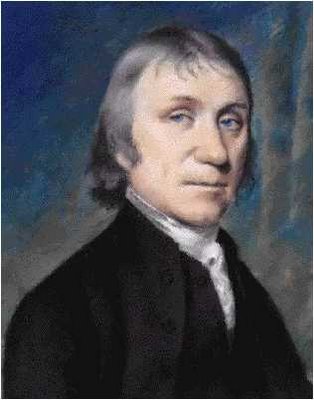Posts Tagged mercury
J’BIR IHBIN AYAM (722-804)
Posted by historyofscience101 in HISTORY OF SCIENCE, THE DARK AGES, THE MEDIEVAL ARAB SCIENTISTS, TIMELINES on October 12, 2013
Around two thousand texts are attributed to this name; the founder of a Shi’ite sect. They were written over a hundred and fifty year period either side of the year 1000.
‘Sulfur and Mercury hypothesis’ (the idea that the glisten of mercury and the yellow of sulphur may somehow be combined in the form of gold).
An Alchemical theory. Accepting the Aristotelian ‘fundamental qualities’ of hot, cold, dry and moist, all metals are composed of two principles: Under the ground two fumes – one dry and smoky (sulfur), one wet and vaporous (mercury) – arising from the centre of the Earth, condense and combine.
This is said to explain the similarity of all metals; different metals contain different proportions of these two substances. In base metals the combination is impure, in silver and gold they co-exist in a higher state of purity.
The idea underpins the theory of transmutation, as all metals are composed of the same substances in differing proportions. This became the cornerstone of all chemical theory for the next eight hundred years.
THE DARK AGES
Posted by historyofscience101 in ARISTOTLE, HISTORY OF SCIENCE, INDEX, MATHEMATICS, THE DARK AGES, THE MEDIEVAL ARAB SCIENTISTS, TIMELINES, WESTERN SCIENCE & THEOLOGY on October 8, 2013
THE THIRTEENTH CENTURY
Ideas on ‘impetus’ and the motion of the heavenly spheres.
Diversity of opinion on what keeps the heavenly orbs moving.
The recipe literature – craft manuals outlining recipes for manufacture of alchemical materials. For example, glass production had died out in the Latin West, but remained important in the Arab world.
ROGER BACON suggests that alchemical power can surpass nature (human artifice may exceed nature, i.e. technology), compared with Aristotle, who suggests that artifice may only mimic nature, or complete that which nature has failed to finish.
‘Suma Perfectionis’, Gaber – Latin Franciscan text (passed off as Arabic). Underpinned by the sulfur-mercury theory and by Aristotle’s ‘minima naturalia’ (smallest of natural things)– the idea of a minimum amount of matter to hold a form – hence a smallest particle of any given substance. This differs from atomism but the ideas were not developed by Aristotle.
Thus, in the middle ages came the belief that metals are created by the coalescence of minima of the metals. Particles may be tightly or lightly packed (density). Matter may be contaminated.
Noble metals (gold) are tightly packed small particles, unaffected by fire or corrosion.
Lead turns to powder (oxidised) in fire as it is composed of larger, less tightly packed particles.
Sublimation is explained by smaller, lighter particles being driven upward by fire, and so on.
THE FOURTEENTH CENTURY
Texts become more secret, written in code and disguised. Latin texts are written in such a style so as to appear to be derived from ARABIC.
1317 – The Pope outlaws transmutation.
Moral questions: ‘is alchemical gold as valuable as real gold?’
‘Quintessences’: the refined essences of metals.
The discovery that lead cannot be turned to gold has important consequences. It is a strong indication that some substances are truly permanent and indestructible.
JOSEPH PRIESTLEY (1733-1804)
Posted by historyofscience101 in CHEMISTRY, EIGHTEENTH CENTURY, HISTORY OF SCIENCE, TIMELINES on August 8, 2013
1774 – England
Priestly stumbled upon oxygen in 1774 while heating mercury oxide and discovered that it greatly enhanced the burning of a candle’s flame
Priestly did not realise the true impact of his findings and it was left to ANTOINE LAVOISIER whom he told of his findings in 1775 to establish the central place oxygen has in the fields of chemistry and biology.
Priestly named the gas ‘dephlogisticated air’, in keeping with the accepted theory that all flammable substances contained the elusive substance ‘phlogiston’ which was central to the combustion process and was released (and lost) during it.

 ALCHEMY
ALCHEMY
